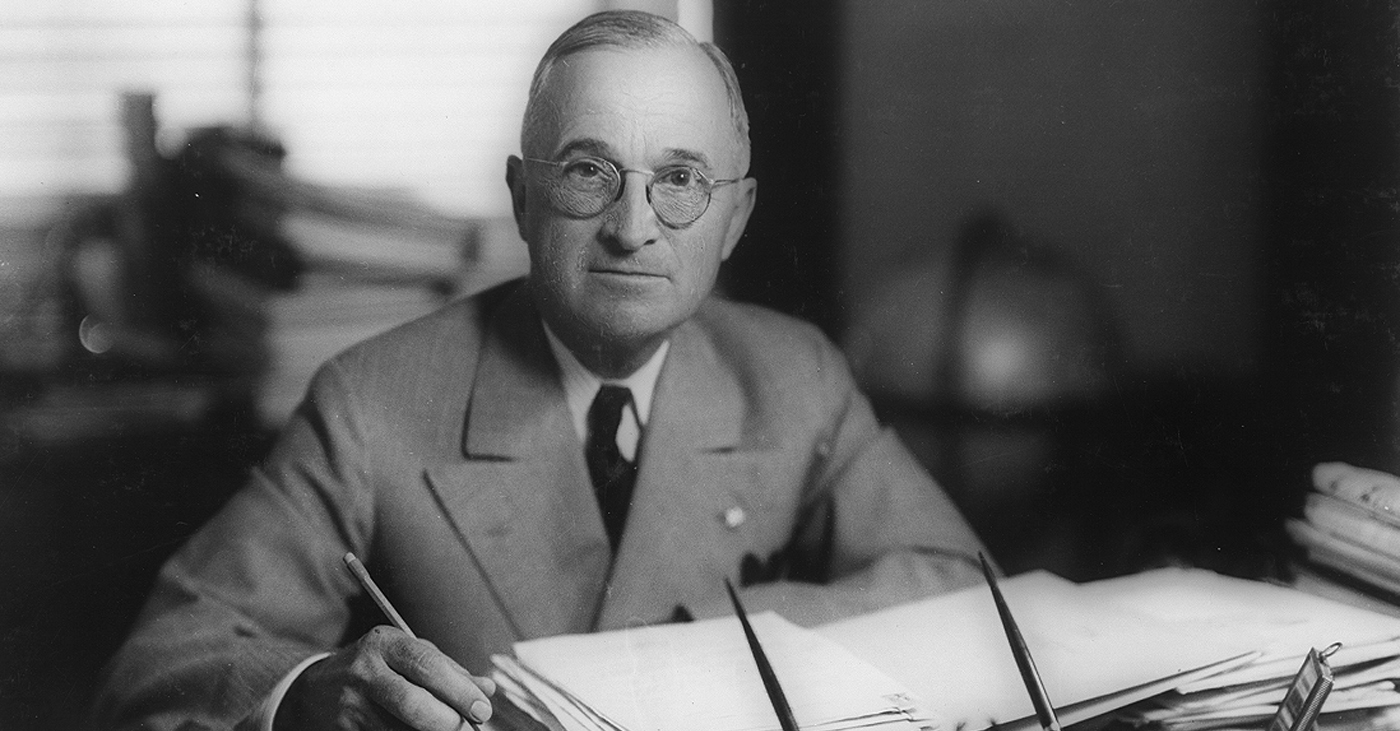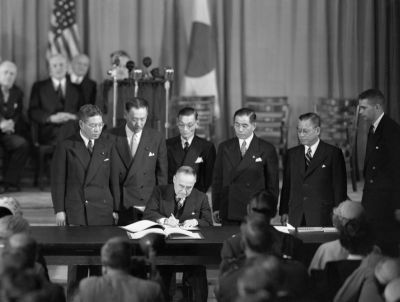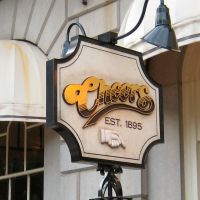The linking of the country in a simultaneous broadcast evoked the day in 1869 when the "Golden Spike" was driven to mark the completion of the first transcontinental railroad. Only this time the new connections were carrying words and pictures, not passengers and freight.
As soon as World War II was over, the number of TV stations, almost all located in cities, began to grow exponentially. In 1946 six stations were broadcasting to about 20,000 households; by 1950, 98 stations were reaching approximately 7,000,000 households — nearly one in every ten. In Boston, WBZ broadcast the first commercial TV programming in June of 1948. Since these early stations had relatively weak signals (the average range was 50 miles), they were linked by coaxial cables — a relatively primitive technology.
But wiring the entire nation was an expensive proposition. In 1948 AT&T invested $40,000,000 in an experiment. The company used microwave radio technology to transmit a television signal from San Francisco to Chicago, and then existing coaxial cables to carry the signal from Chicago to the East Coast. This made it possible for people in over 50 cities across the country to view the same programming at the same time.







